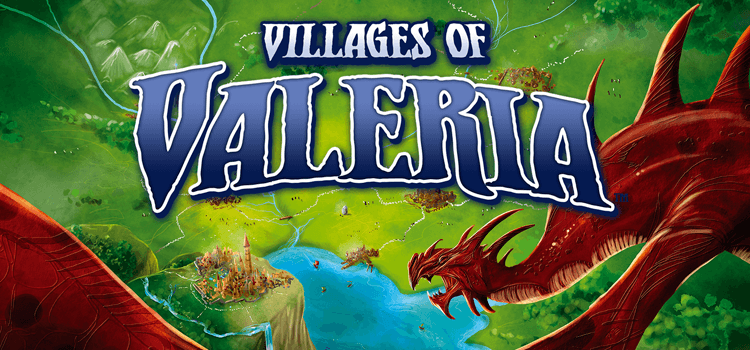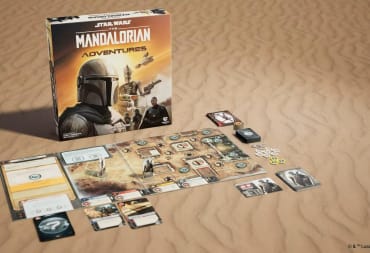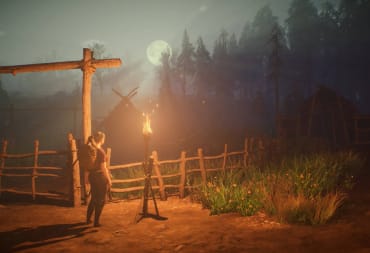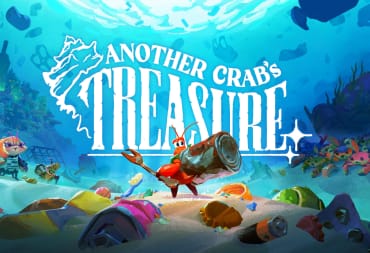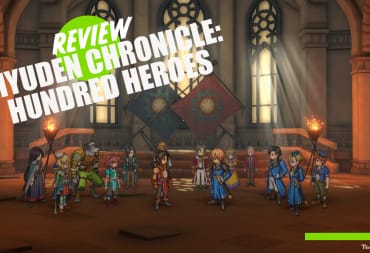The war is over, the dust has settled, the final die has been cast, and the final monster has been defeated. Peace and prosperity have come to Valeria, and only savvy urban planning, smart resource management, and proper action selection will see Valeria morph from a war-torn landscape into a sprawling hodgepodge of economic growth. It's now your responsibility to rebuild the Villages of Valeria and prove your worth. Strap on your city planning hat, it's time to earn some victory points.
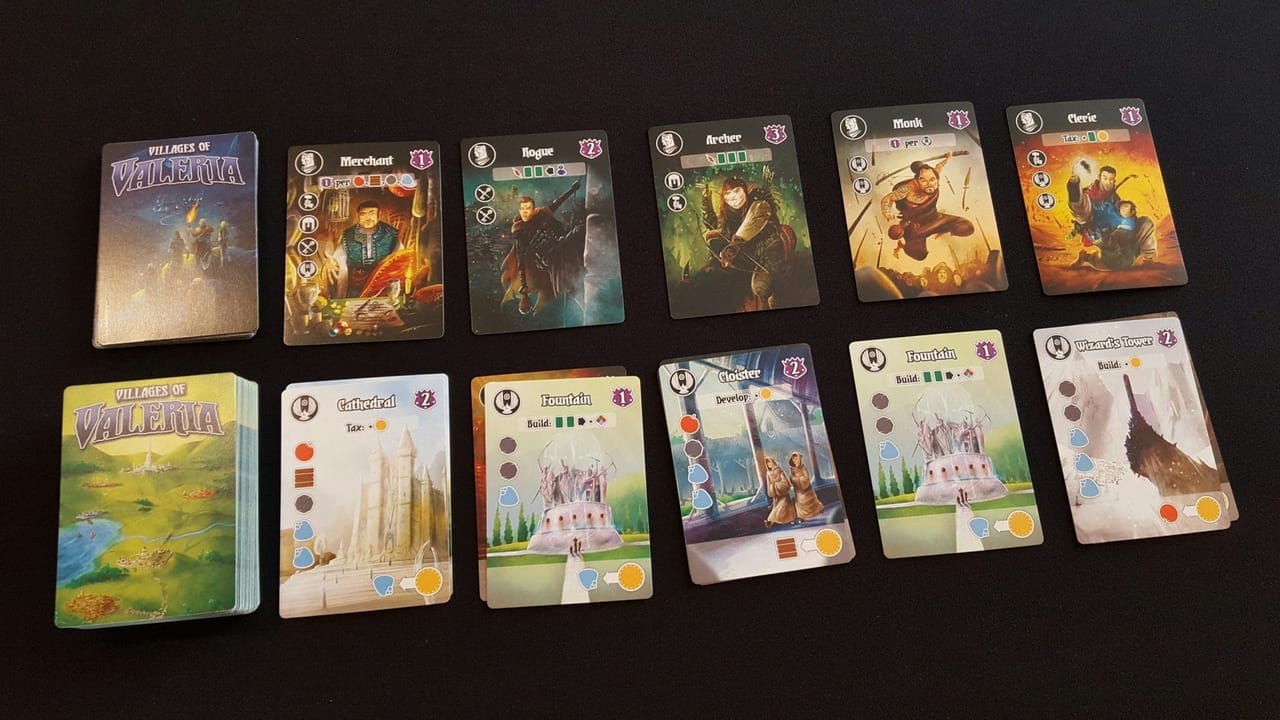
Villages of Valeria is a sequel of sorts to the excellent Valeria: Card Kingdoms. The game is set in the same universe, and, while the theme isn't really strong in either game, the illustrations and thematic elements are very pleasing to the eye. Villages of Valeria is a strategic, card based tableau-building game built around an action selection system that keeps players engaged from start to finish, and it's that system that forms the meat of the game's strategic bones, especially as the player count rises. The building cards in the game are multi-use, further increasing your strategic options and also increasing the number of tricky and difficult decisions you will need to make during play.
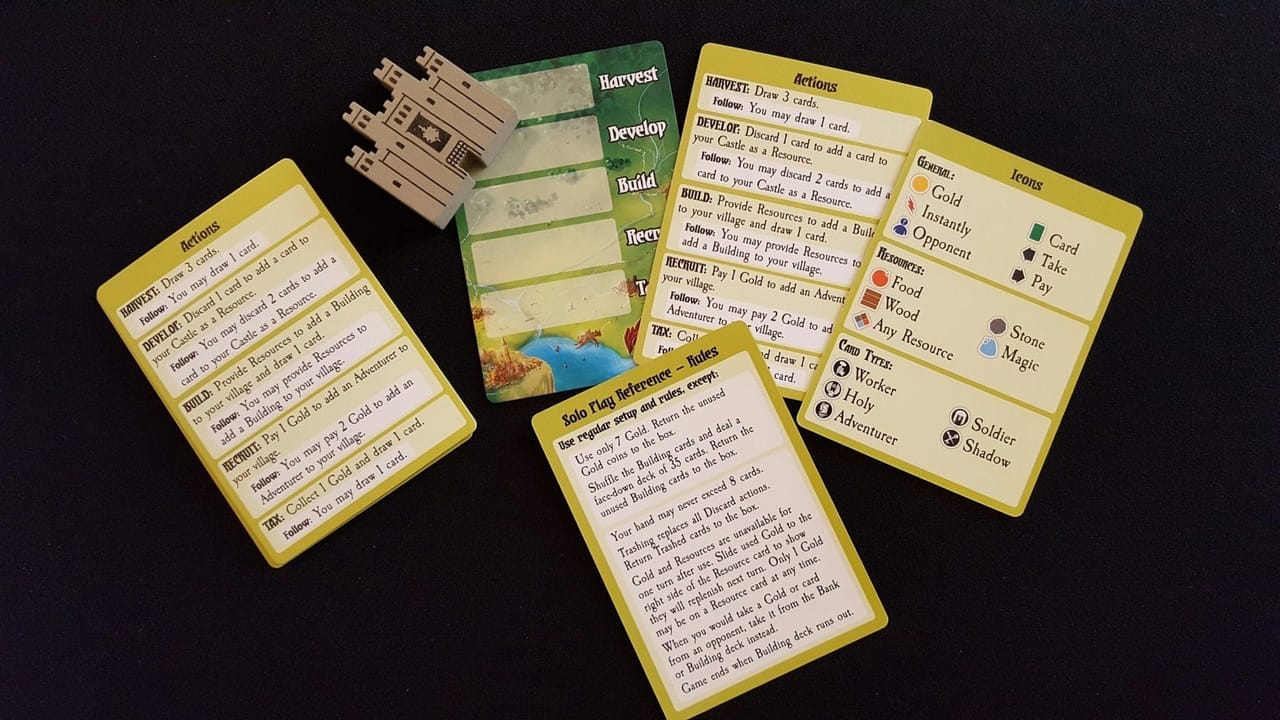
On each turn, the active player decides which of the game's five actions they want to perform, such as Harvest, which allows that player to draw three cards, or Build which allows that player to construct a new building in their Village and then draw a card. Each other player can then take a similar, less effective version of that action if they so choose. Not only does this system keep the other players engaged, it can behoove players to try to make the most out of their opponents' turns, while choosing actions for themselves that both help their own cause and limit their opponents' options. The follow actions are often less effective, or more costly, but choosing exactly when to follow can be key to success, especially as the player count rises, and each player will be presented with numerous follow opportunities before their next turn.
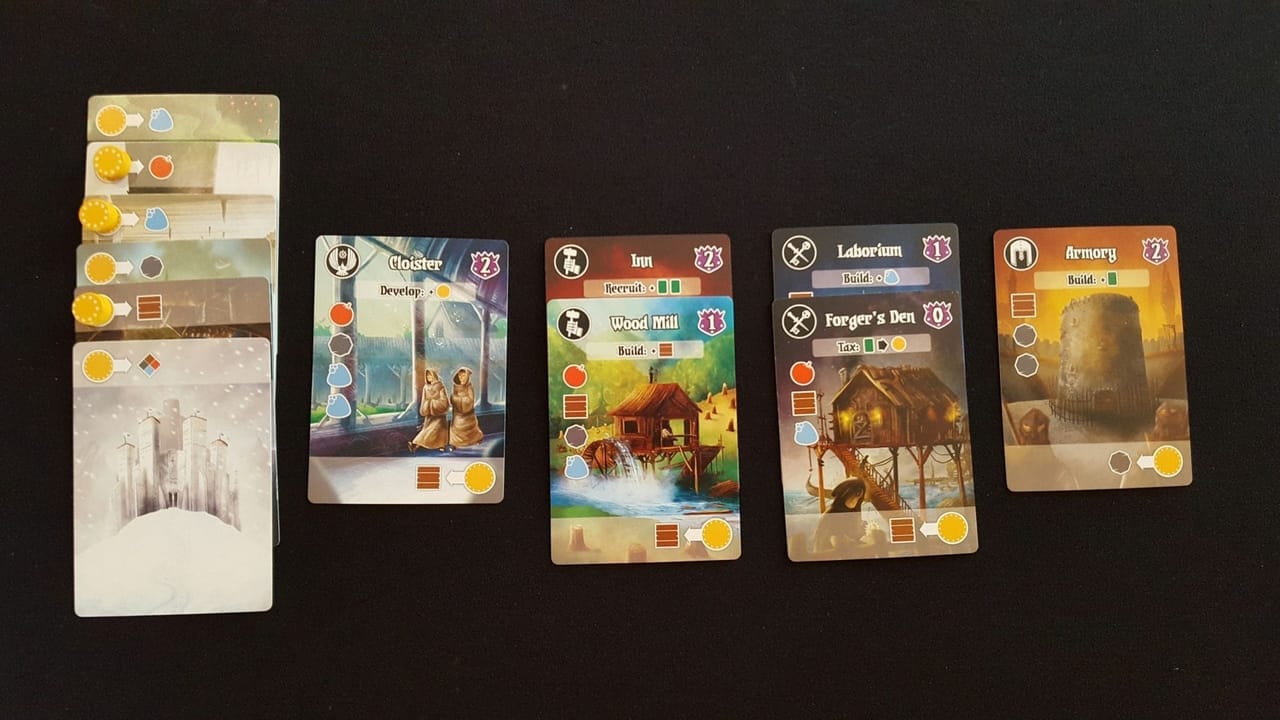
Buildings have a variety of effects and powers, often providing bonuses for taking certain actions, and a savvy player can turn their Village into a well-oiled machine. The tricky part of the game is figuring out which cogs will fit together and hum along smoothly. You can't simply pay attention to your own Village though, as you can use gold, the game's most malleable resource, to activate other player's resources in order to make use of them when you can't produce enough yourself. You need to be very careful when spending gold this way though, as the player whose resource you used becomes the owner of the gold, and gold are worth direct points at the end of the game.
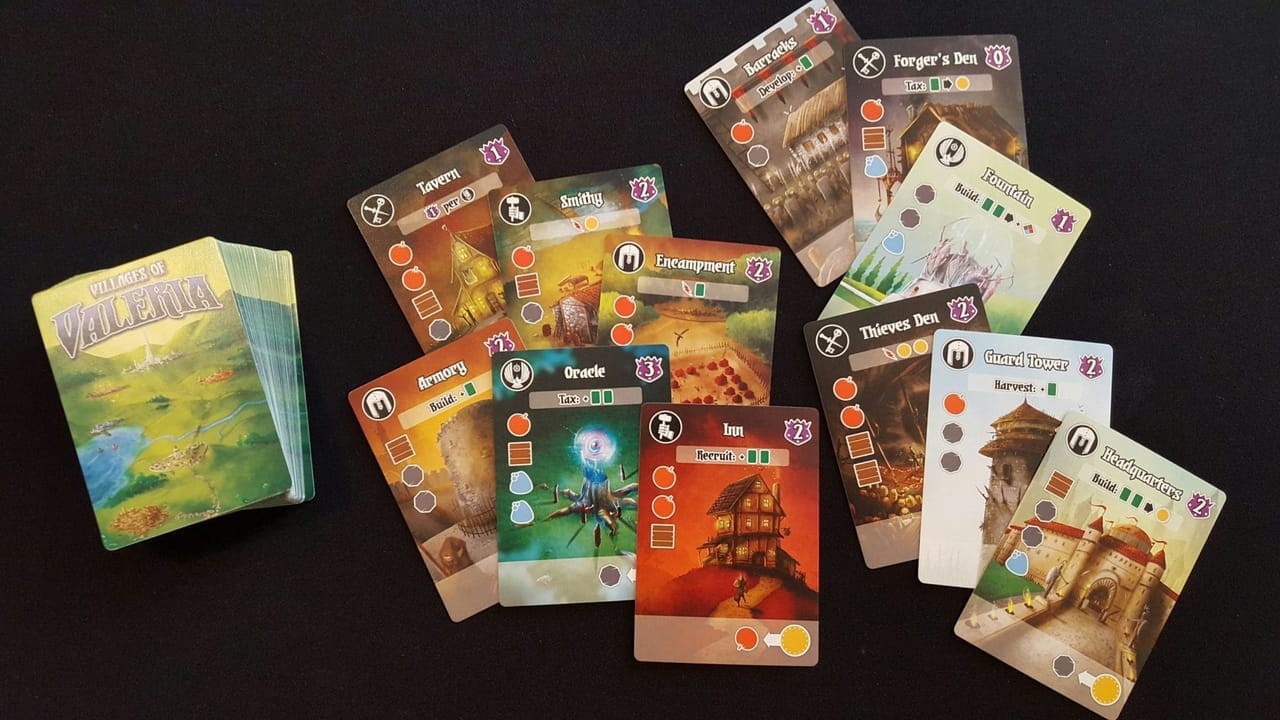
Not only do certain powers and abilities work well together, but the type of buildings built play an important factor in the game. In Villages of Valeria, it's not just about how nice your Village is, but who can be found there as well. If you meet their building requirements, you can Recruit Adventurers to come stay in your Village. Unlike Building cards, in which each player has a hand of cards that only they have access to, there are only ever five Adventurers available to recruit at any one time. Everyone can see which are available, and everyone can see just how close you are to meeting their recruitment requirements, so the game can turn into a race to nab a coveted Adventurer, especially if there is one who will fit nicely into your planned strategy. The game end condition is determined by the total number of buildings plus Adventurers in any single Village, so you need to measure the pros and cons of hiring the Adventurers against possible points gained from simply building more buildings. While you can play a game while completely ignoring the Adventurers, doing so gives your opponents unopposed access to a potentially game-winning pool of resources.
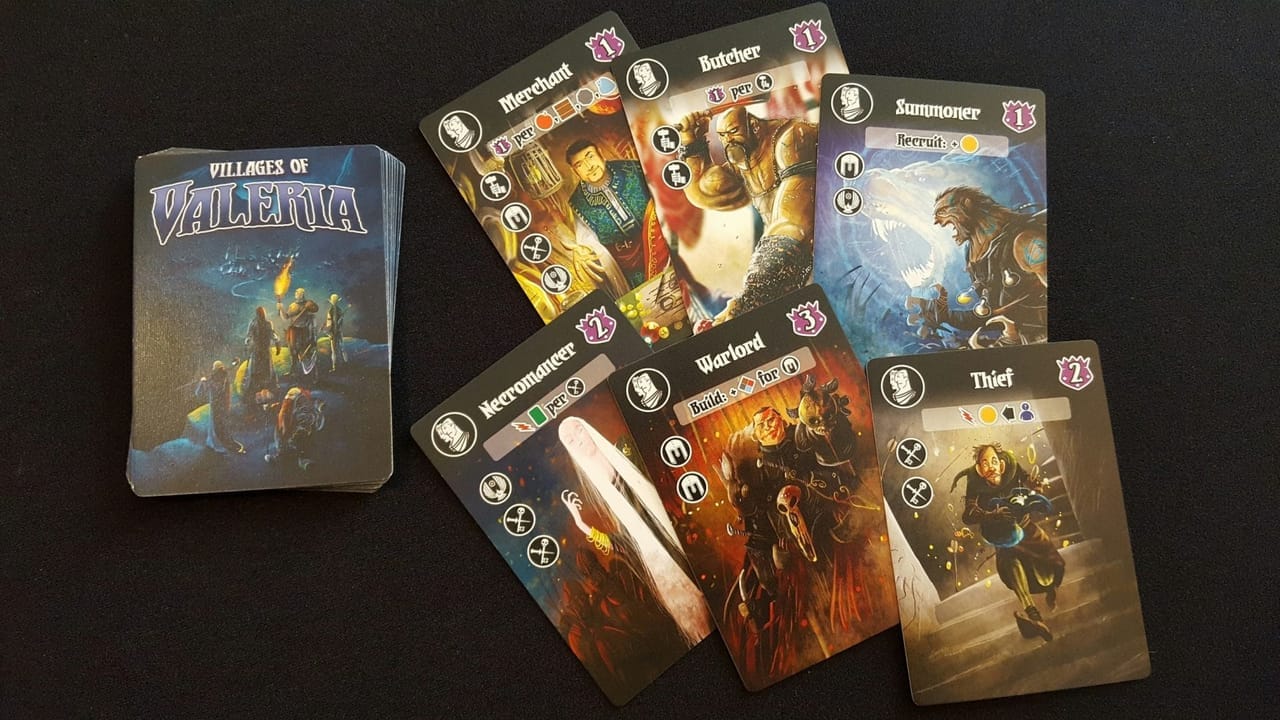
Villages of Valeria is a mid-weight game that plays rather quickly, meaning it's a really solid choice for people who might be looking for a way to get more involved in hobby board gaming but don't want to get crushed under complex rules. The strategic depth of the game means that it's also a good choice for experienced players who are looking for a satisfying strategy game that is small-form enough to take on the go, or for a game to fit in on nights when there isn't enough time to play a heavier, longer lasting game. Villages of Valeria is very skill dependent, so experienced players will have a solid advantage, but that also means that it is a great choice for people who have a consistent game group.
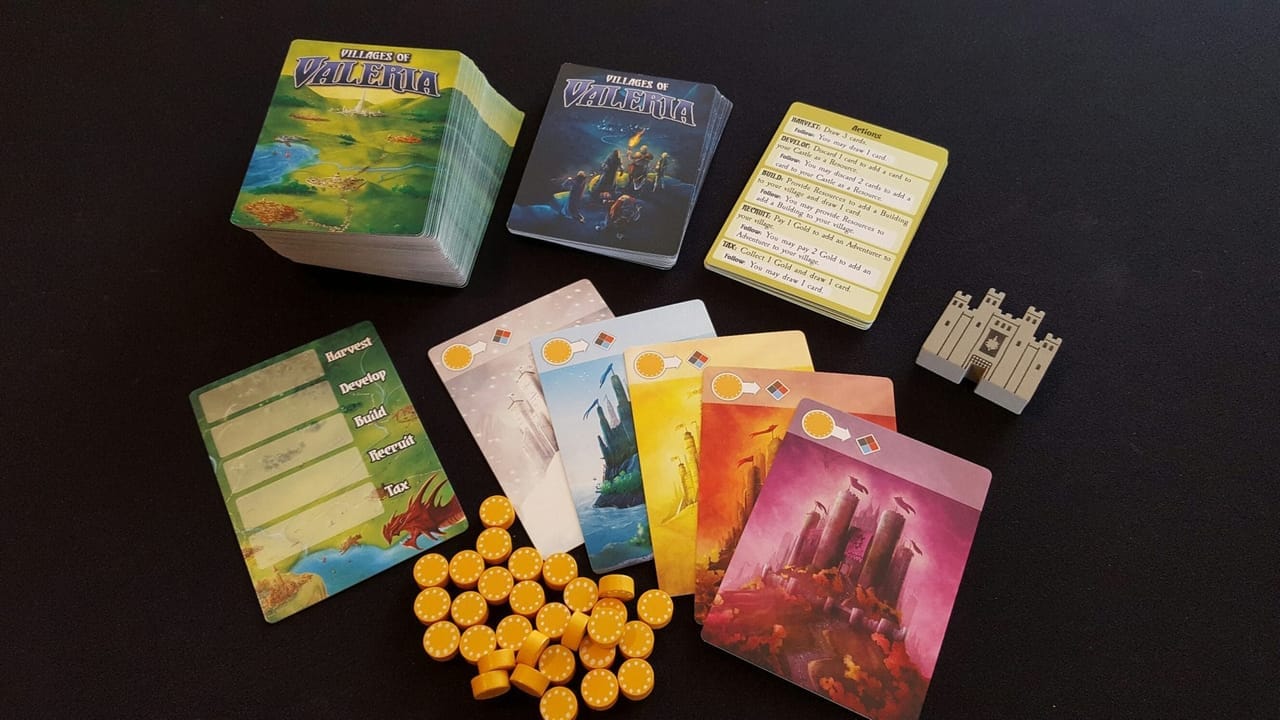
A note on solitaire play: Villages of Valeria has a solitaire option, but it isn't nearly as interesting as the multiplayer game. It can be a fun tool to familiarize yourself with the various cards, but if you want a really engaging challenge, you will want to play with other players.
A note on “chrome”: Villages of Valeria has very nice components. The card quality is excellent, and the bright, vibrant art will be familiar to anyone who has played the excellent Valeria: Card Kingdoms. The rules are well laid out and easy to understand, and the player aid cards are handy. The only downside to the components is a very minor one; the wooden coins are so thick that they have a tendency to roll if you accidentally drop one because of their thickness-to-diameter ratio.
The bottom line:
Villages of Valeria is a very good mix of tableau building, resource management, and action selection. It's got a lot of meat on its bones and enough strategic depth to remain interesting across multiple plays, but it's not so heavy that newer players won't be able to pick it up and play without too much difficulty. The lead/follow mechanic keeps players engaged, even when they aren't the active player, and the game actually becomes more interesting as the player count rises. Each play presents players with multiple difficult decisions, especially when it comes to deciding which cards should be built versus which cards can be simply turned into an available resource. Effective strategies for the game aren't immediately apparent, giving experienced players a significant advantage, and so the game is at its best when played with a consistent group.
Get this game if:
You enjoy resource management.
You enjoy tableau building.
You like games that keep all players involved, and interested even when they aren't the active player.
Avoid this game if:
You prefer direct, head to head conflict.
You prefer games with minimal dependence on the choices of the other players.
The copy of Villages of Valeria used for this review was provided by Daily Magic Games.
Review Summary
Villages of Valeria is a very good tableau-building/action selection game. The game keeps players engaged with a lead/follow mechanic and multi-use cards that provide fun strategic choices that only become more interesting as the player count increases.
(Review Policy)Have a tip, or want to point out something we missed? Leave a Comment or e-mail us at tips@techraptor.net
